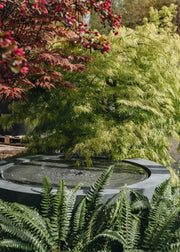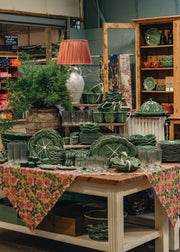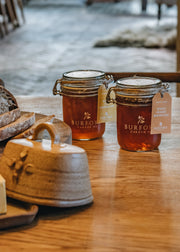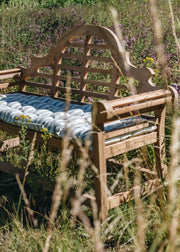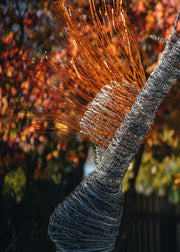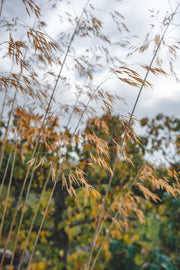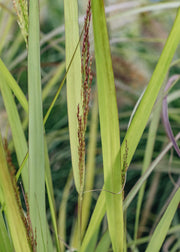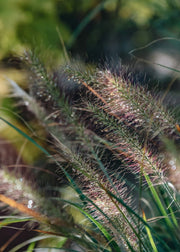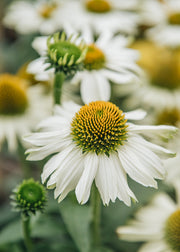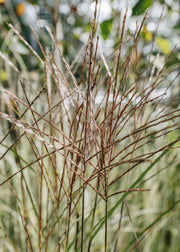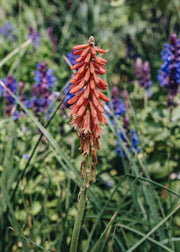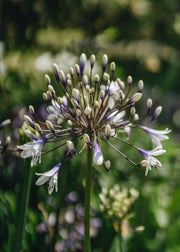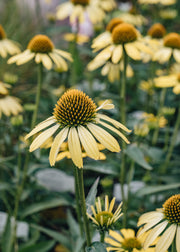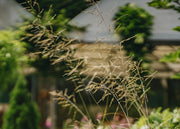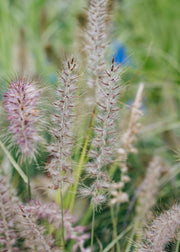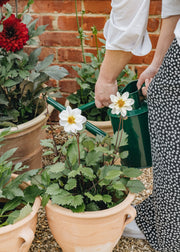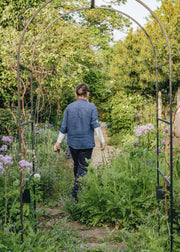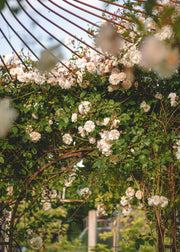Inspiration for: Prairie Planting

Many gardeners, particularly in the southern areas of the country, are beginning to accept that the type of gardening appropriate for our climate is changing. Multiple layers of herbaceous plants lapped by luscious lawn remain a compelling British ideal, but it is worth considering options that make the high temperatures and lack of rainfall during the summer less devastating.
Prairie Planting can be an inspiring solution, and one which does not necessarily require a huge expanse of open land because smaller areas or even borders can incorporate this so-called ‘new perennial planting’ to great effect.
Historically the varieties used in Prairie Planting schemes are inspired by locations where plants have evolved to thrive in an environment of low rainfall and heat. The Great Plains of North America are the main contributor, offering a sea of extraordinarily beautiful grasses - calamagrostis, stipa and pennisetum- which catch the slightest breeze and add waves of relaxing movement. From central North America also come the robust, daisy-like flowers of echinacea, rudbeckia and helenium. In a palette of warm or rusty colours, these varieties with their velvety central cones, contrast superbly with the grasses.
Inspiration for Prairie Planting
Planning your Prairie scheme needs a little consideration. The site obviously requires to be in full sun and in an area of well-draining soil. The structuring of the design can be hard, for example around us in the Cotswolds there is scope for dry stone walls or the inclusion of large blocks of stone, but it is sensible not to include architectural shrubs or trees simply because of the shade that they create for other plants. Clear the site or border of weeds and gently dig in a layer of compost or manure.
Prairie planting schemes normally recommend planting in drifts to create a naturalistic effect, so even if your space is limited, plant three of the same variety together to create the greatest impact.
To achieve the desired effect, plant large grasses such as Stipa gigantea or Miscanthus strictus at the back. Arrange the flowers, again in drifts, to grow close to and visually ‘through’ the foliage of the grasses so that there is not a mass of space around each drift. (This also discourages unwanted self-seeding from elsewhere.)
Inspiration for Prairie Planting
Once established the effect is remarkable. Not only is it visually pleasing but the swaying movement of the grasses and the gentle noise of the breeze through the seed heads induces a sense of calm and well-being. The process is also good for the environment, as you will demand less water once the plants are established and the planting is designed to be long-term, evolving gradually over time rather than needing replanting. At the same time the varieties of plants are also extremely attractive to native pollinators – the cones of echinacea, helenium and rudbeckia act as highly desirable feeding stops. Equally the foliage of the various grasses creates a perfect habitat for insects as well as frogs, newts, and lizards, not to mention small mammals - voles and endangered hedgehogs. The seedheads of the grasses also attract native birds.

